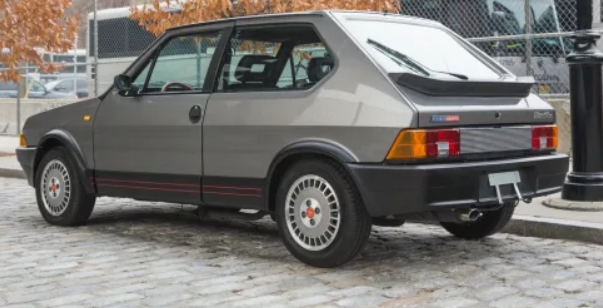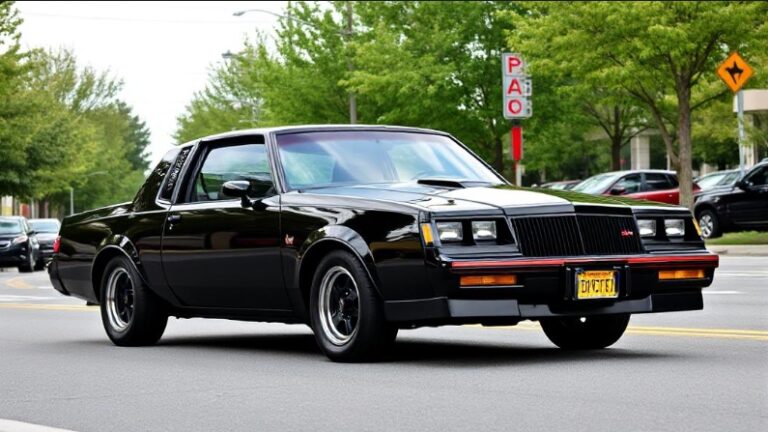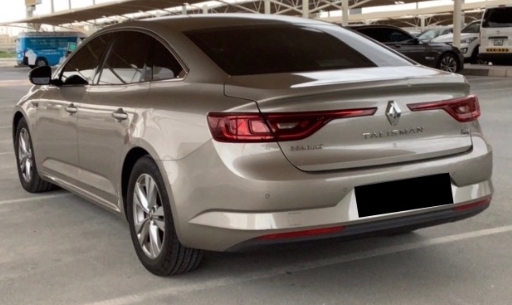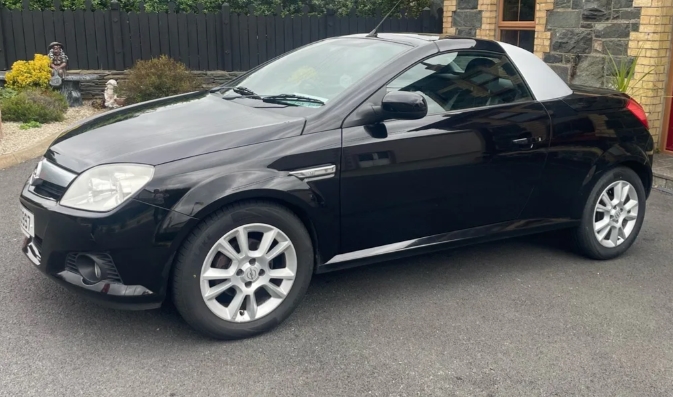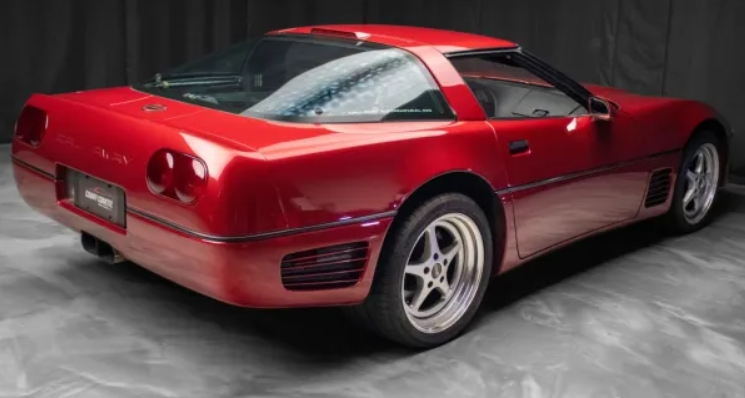The Evolution of the Mitsubishi Grandis
The Mitsubishi Grandis, introduced as a versatile and spacious MPV (multi-purpose vehicle), marked Mitsubishi’s foray into the competitive segment of family-oriented minivans during the mid-2000s. Over its lifespan, the Grandis underwent several updates, trims, and market adaptations, reflecting both Mitsubishi’s engineering evolution and shifting consumer preferences. This article chronicles the entire journey of the Mitsubishi Grandis, from its inception in 2004 to its discontinuation in 2015, detailing its models, trim levels, and key features.
Introduction and Origins (2004–2011)
The Mitsubishi Grandis was unveiled in 2004 as a successor to the Mitsubishi Space Gear, aiming to combine practicality, comfort, and a distinctive design. It was primarily designed for markets in Asia, Europe, and Oceania, where MPVs were popular among families seeking spaciousness and reliability.
Design and Platform
Built on a modified version of Mitsubishi’s GS platform, the Grandis showcased a sleek, aerodynamic design with a focus on ease of access and interior versatility. It featured a 5-door wagon configuration with sliding rear doors, a hallmark of family-oriented MPVs.
Engine Options and Performance
Initially, the Grandis was offered with a range of petrol and diesel engines:
- Petrol Engines:
- 2.4-liter MIVEC I4 (in some markets)
- 2.0-liter MIVEC I4 in certain regions
- Diesel Engines:
- 2.0-liter DI-D turbocharged four-cylinder diesel (common in European markets)
- 2.4-liter DI-D turbo diesel (later models)
Transmission options included 4-speed automatic, 5-speed manual, and 6-speed manual in select markets.
Early Models and Trim Levels (2004–2007)
2004 Launch
The Grandis was launched in 2004, offering a combination of practicality and modern styling. Early models emphasized comfort, with features such as:
- Power windows and locks
- Air conditioning
- Multi-information display
- Optional leather upholstery
Trim Levels
At launch, the Grandis was available in several trim levels, often differentiated by equipment and engine options:
- Base/Entry Level: Focused on affordability, offering essential features like manual air conditioning, basic audio systems, and fabric seats.
- Mid-Level: Added features such as cruise control, alloy wheels, and upgraded audio.
- High-End/Top Trim: Included leather upholstery, sunroof, premium audio, and additional safety features like side airbags.
European Market Variants
In Europe, the trim nomenclature varied, with models such as:
- Grandis 2.0 DI-D: Diesel variant
- Grandis 2.4 GDI: Petrol variant
- Super Exceed or Limited editions: Top trims with luxury features
2007 Facelift
In 2007, Mitsubishi introduced a mid-cycle facelift to keep the Grandis competitive. The update included:
- Revised front grille and bumper design
- Updated headlights and taillights
- Interior upgrades, including improved materials and dashboard design
- Enhanced safety features, such as standard side airbags and stability control on certain models
Trim levels remained similar but with added optional packages and improved standard equipment.
Later Models and the Discontinuation (2011–2015)
Market Departure and Continued Production
While the Grandis was well-received in several markets, Mitsubishi gradually phased out the model by 2011-2012 in most regions, primarily due to declining sales and increased competition from SUVs and crossover vehicles. However, production continued in some markets until 2015, especially in Southeast Asia and certain parts of Oceania.
Final Model Years
Between 2011 and 2015, the Mitsubishi Grandis was available primarily in select markets with minimal updates. The focus shifted towards maintaining existing features rather than introducing major redesigns.
Trim Levels and Features
In its final years, the trim hierarchy generally consisted of:
- GL/GLX: Entry-level trims with essential features such as manual air conditioning, basic audio, and fabric seats.
- Mid-Level (e.g., GLS): Added features like power windows, alloy wheels, fog lights, and improved interior materials.
- High-End (e.g., Exceed or Ultimate): Equipped with leather seats, climate control, advanced audio systems, and safety features such as multiple airbags and ABS.
Engine Options
By this stage, engine choices were mostly refined versions of earlier units, often including:
- 2.0-liter turbo diesel (common in European markets)
- 2.4-liter petrol engine (less common in later years, as diesel gained popularity)
In some markets, alternative fuel or LPG variants were offered to meet local demand.
.
Many car aficionados have multiple hobbies, like boating as well as auto stuff. Those who don’t already own a boat (and even some that do), may have thought about building their own boats. It’s really not as hard as you’d think. Just take a look at these easy boat building plans!

.
Special Editions and Market-Specific Variants
Throughout its production run, Mitsubishi released several special editions and market-specific models to boost sales or commemorate milestones:
- Limited Editions: Featuring unique paint colors, interior trims, or additional equipment.
- Regional Variants: Adjusted trim and engine options tailored to local emission standards, tax structures, and consumer preferences.
For example, in Australia and Southeast Asia, the Grandis was often equipped with features tailored to local tastes, such as upgraded suspensions, additional safety features, or aesthetic packages.
Technical Evolution and Major Features
Safety and Comfort
Over its lifespan, the Grandis saw significant improvements:
- Introduction of electronic stability control (ESC)
- Enhanced braking systems with ABS
- Multiple airbags (front, side, curtain)
- Improved suspension for ride comfort and handling
- Increased emphasis on interior noise reduction and insulation
Interior and Utility
The Grandis was renowned for its versatile interior seating arrangements:
- 7-passenger configuration
- Fold-flat seats in second and third rows
- Split-folding seats for customizable cargo space
- Sliding rear doors for easy access in tight spaces
Technological Features
By the later years, models included:
- Multi-function displays
- Bluetooth connectivity
- Rearview cameras
- Climate control systems
Market Reception and Legacy
The Mitsubishi Grandis was praised for its spacious interior, versatile seating configurations, and smooth ride quality. Its styling was considered modern at launch, though it did not undergo a dramatic redesign during its lifecycle.
However, stiff competition from other MPVs like the Honda Odyssey, Mazda Premacy (Mazda5), and Toyota Wish, along with the rising popularity of SUVs, impacted its sales. Despite this, the Grandis retained a loyal following in markets where MPVs remained popular.
It was eventually discontinued globally around 2015, with Mitsubishi shifting focus to SUVs and crossover vehicles, such as the Outlander and ASX, which aligned better with current market trends.
Conclusion
The Mitsubishi Grandis served as a capable and practical family vehicle throughout its 11-year production run. From its 2004 debut to its final models in 2015, it evolved through updates in design, safety, and features, maintaining its core appeal of spaciousness and versatility. Though it eventually phased out due to changing market dynamics, the Grandis remains a noteworthy chapter in Mitsubishi’s history of MPV manufacturing, cherished by those who valued its practicality and reliability.


